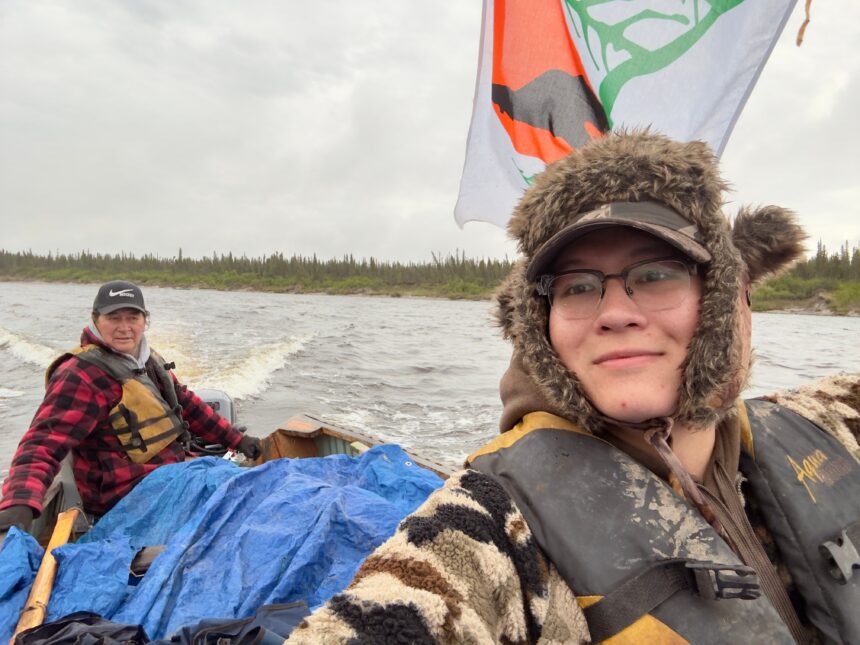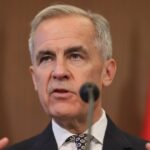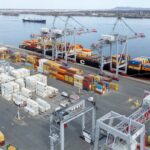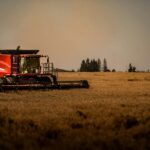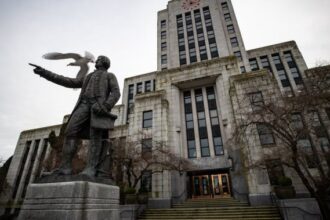In a powerful display of resistance that merged traditional practices with modern activism, dozens of Indigenous youth embarked on a 120-kilometer journey down the Fraser River this week, raising their voices against British Columbia’s controversial Bill 5. The flotilla of traditional canoes, decorated with vibrant artwork representing various First Nations communities, created a striking visual statement as they navigated the historic waterway that has sustained Indigenous peoples for millennia.
“This river has been our highway, our grocery store, and our spiritual center for countless generations,” said Sarah Wolfleg, a 22-year-old organizer from the Sts’ailes Nation. “Now we’re using it to show the government that we won’t stand by while they undermine our rights to the very lands and waters that define us.”
The protest, organized by the Indigenous Youth Coalition for Land Defense, specifically targets Bill 5, legislation that would significantly alter land-use regulations across British Columbia. Critics argue the bill would fast-track resource development projects without adequate consultation with First Nations, potentially violating established treaty rights and undermining the province’s commitment to reconciliation.
Legal experts monitoring the situation have raised substantial concerns about the bill’s compatibility with both the Canadian Constitution and the UN Declaration on the Rights of Indigenous Peoples, which Canada adopted in 2016. James Clearwater, a constitutional lawyer specializing in Indigenous rights, noted that “Bill 5 appears to create administrative shortcuts that could effectively bypass the duty to consult, which courts have repeatedly affirmed as a fundamental obligation of the Crown.”
The five-day river journey, which began near Hope and will conclude with a major rally at the provincial legislature in Victoria, has gained unexpected momentum, with supporters from environmental groups and concerned citizens joining at various points along the route. What started as a youth-led initiative has evolved into a multi-generational movement that has captured national attention.
“We’re not just fighting for ourselves, but for the generations yet to come,” explained Elder Mary Thomas, who joined the flotilla on its second day. “Our ancestors protected these waters and lands for us, and we have a sacred responsibility to do the same for our descendants.”
The provincial government has defended Bill 5 as necessary to streamline economic development while maintaining that it includes provisions for Indigenous consultation. However, internal documents obtained through freedom of information requests reveal that several key recommendations from the government’s own Indigenous advisory panel were removed from the final draft of the legislation.
This protest represents the latest chapter in a growing nationwide movement of Indigenous-led environmental and sovereignty actions. Similar demonstrations have emerged across Canada in recent months, reflecting increasing frustration with what many First Nations leaders describe as a widening gap between government reconciliation rhetoric and policy reality.
As the flotilla approaches Victoria, provincial officials face mounting pressure to address the substantive concerns raised by First Nations communities. The protest organizers have requested formal government meetings but insist that meaningful consultation would require suspending the bill’s implementation pending a thorough review with Indigenous input.
With economic interests and Indigenous rights seemingly at odds in this conflict, the question remains: can British Columbia find a legislative approach that genuinely honors its commitments to both economic prosperity and meaningful reconciliation with First Nations, or will this river journey mark the beginning of a much longer struggle for Indigenous sovereignty in the province?

